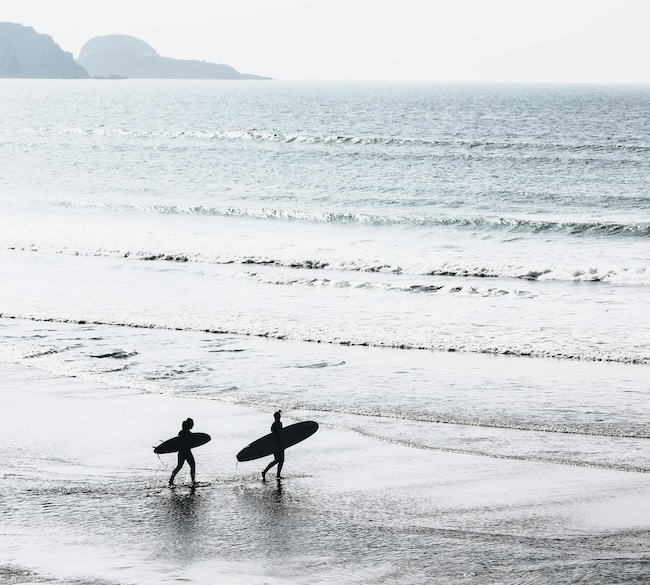Featured in

- Published 20170801
- ISBN: 9781925498417
- Extent: 264pp
- Paperback (234 x 153mm), eBook

Already a subscriber? Sign in here
If you are an educator or student wishing to access content for study purposes please contact us at griffithreview@griffith.edu.au
Share article
More from author

Is it hard to surf with boobs?
ReportageWhen she was reigning World Champion, Layne Beachley was also the female surfers' official representative. This meant that even on mornings she wasn't competing, she'd be on the beach at 5.30 am, the only woman, battling it out on behalf of the other female surfers. 'The female surfer representative has to be very strong willed,' says Beachley. 'I remember arguing constantly with the male surfer rep, the male head judge and the guys' sponsors, arguing about which conditions we were going to get.'
More from this edition

American dreams
GR OnlineTHREE YEARS AGO I was privileged to intern for a Democratic congressman in the United States House of Representatives. As with most interns my...

The suicide-bomber Barbie doll
GR OnlineI WOKE UP at about midday. My head was still heavy from the drinking and some vaguely remembered sexual activity of the previous night...

I am building a wall
Poetrywhen they ask me what i’m doingat the end of this long campaignwhen they ask which course i’m pursuingthese words are my refraini will...